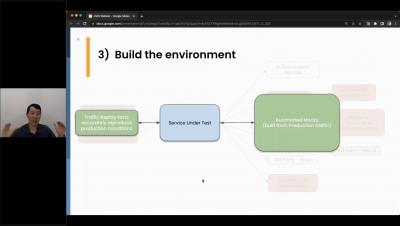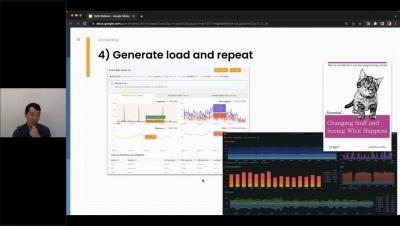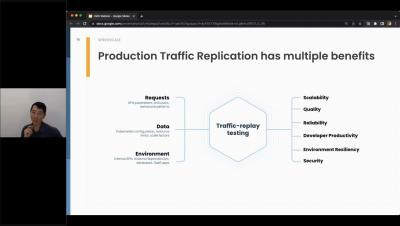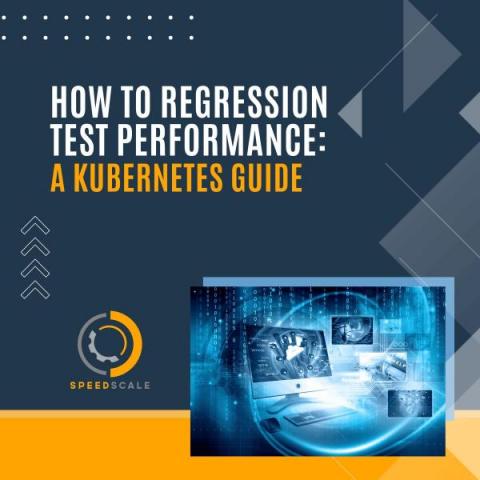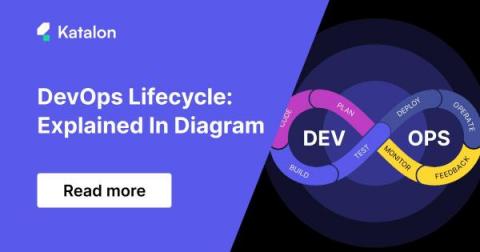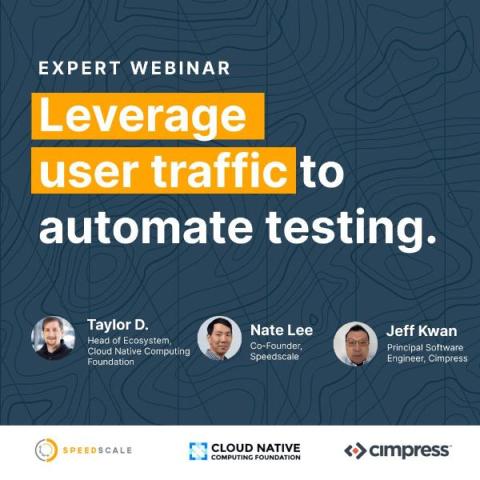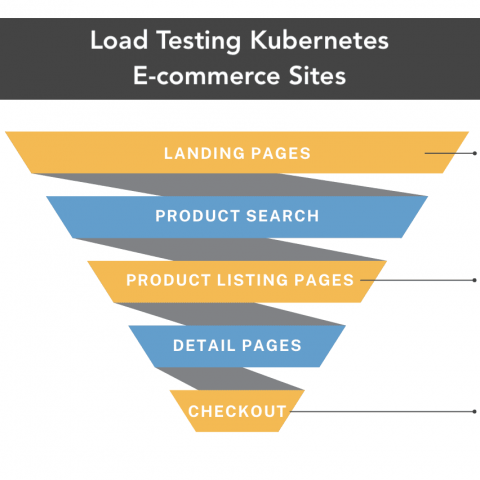Systems | Development | Analytics | API | Testing
DevOps
eCommerce Load Testing (Step 4): Generate Load & Repeat
Replicating Traffic: Use Cases & Benefits
Ensuring performance: How major retailers leverage user traffic to validate code changes
How to Regression Test Performance | A Kubernetes Guide
With production traffic and automatic mocks, this guide shows how to regression test performance in your Kubernetes cluster.
DevOps Lifecycle: Definition, Key Components, Best Practices
The DevOps lifecycle is a set of continuous and collaborative practices that bridge the gap between software development and IT operations, promoting seamless integration, automation, and faster delivery of software. The DevOps lifecycle phases include.
How to Build QA at Scale Through Device Architecture
How to Set Up Flutter Code Push With Shorebird and Codemagic
Mobile developers using Javascript-based mobile application development platforms such as Cordova, Ionic and React Native have enjoyed the benefit of being able to push app updates over-the-air without resubmitting their apps to the App Store or Google Play for quite some time. As long as the updates are not compiled code, and don’t change the primary purpose of the application then both Apple and Google allow this.


